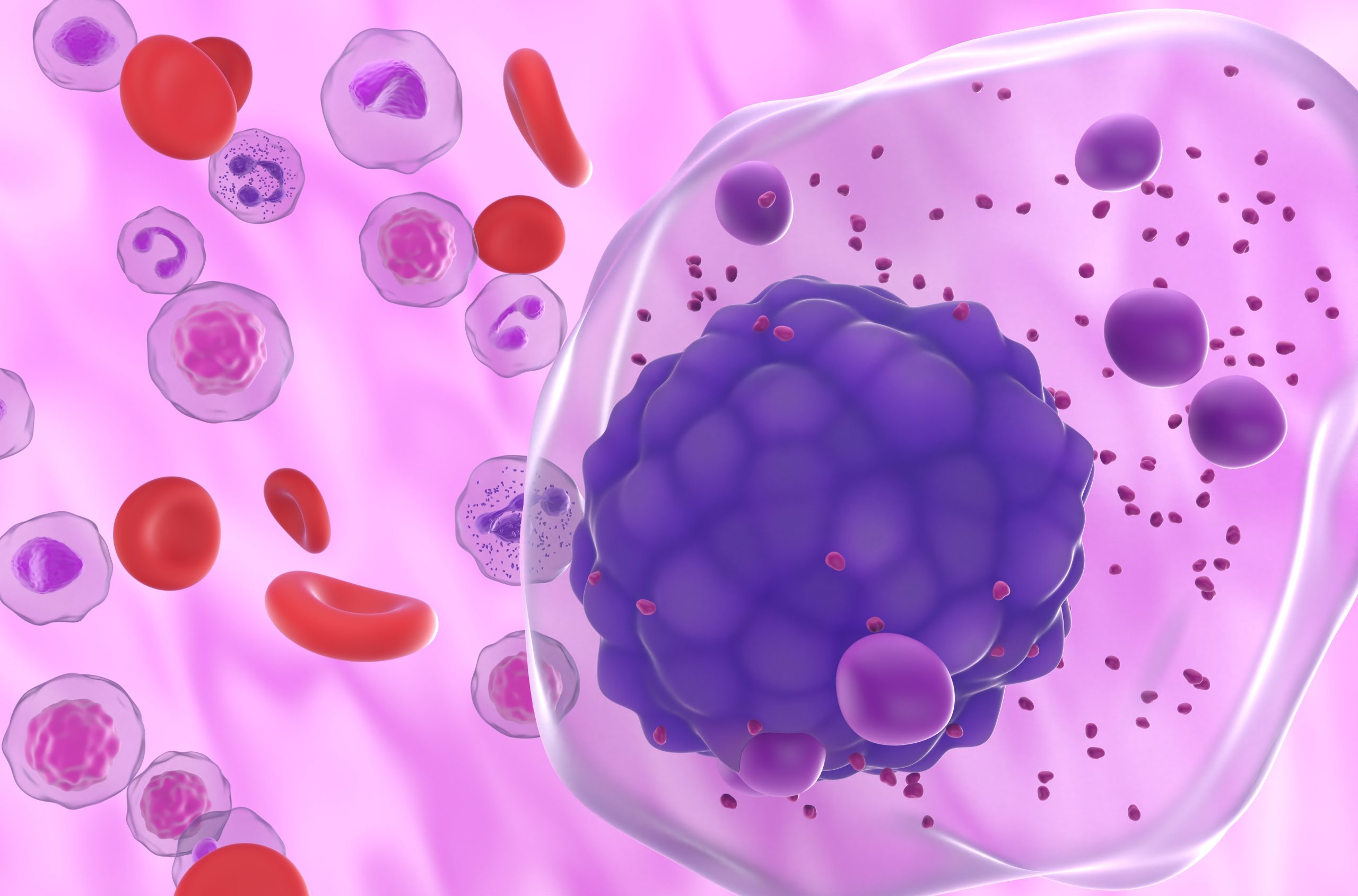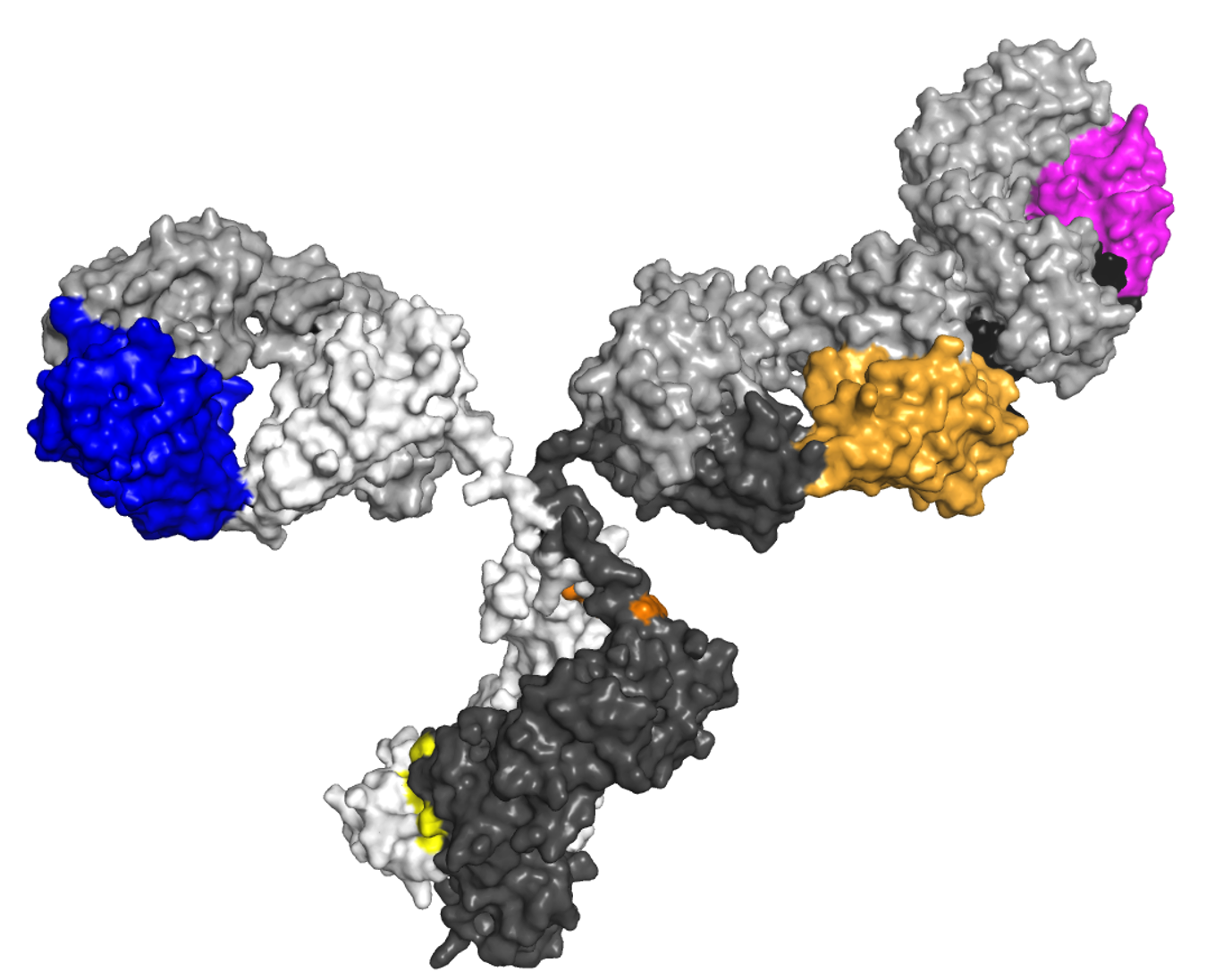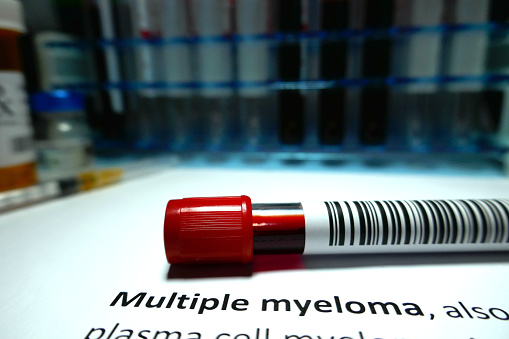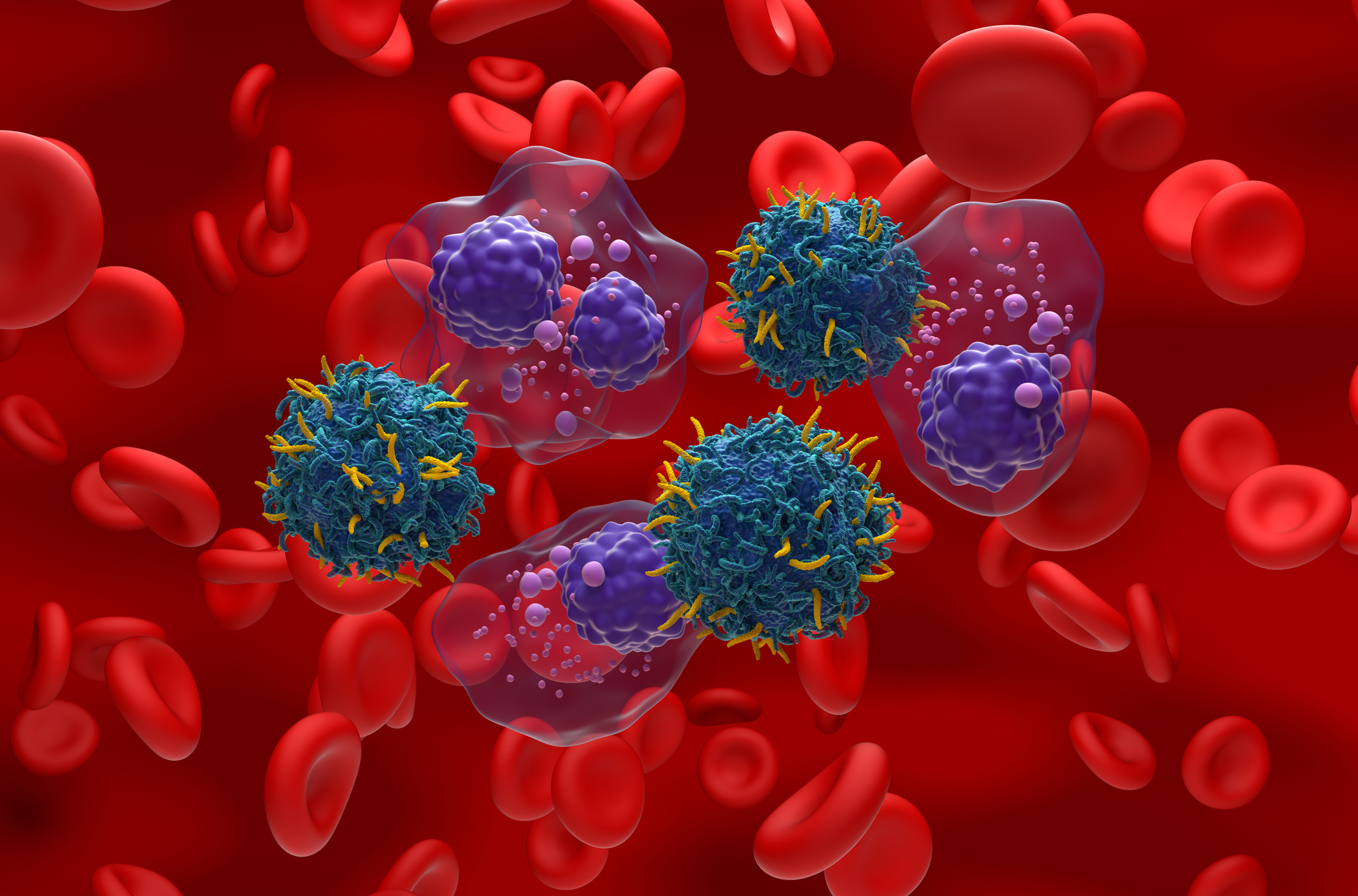
Ciltacabtagene autoleucel led to responses in 61.5% of patients with multiple myeloma who were previously treated with a B-cell maturation agent (BCMA)-targeted antibody-drug conjugate, according to results from the phase II CARTITUDE-2 study.
Adam Cohen, MD, of the Abramson Cancer Center at the University of Pennsylvania, and colleagues conducted the research because “with the availability of multiple therapy classes targeting B-cell maturation antigen for multiple myeloma, data are needed to understand effective treatment sequencing.”
Dr. Cohen and colleagues presented the research during an oral abstract presentation at the 19th International Myeloma Society Annual Meeting.
They assessed ciltacabtagene autoleucel in cohort C of the CARTITUDE-2 trial, which comprised 13 patients with progressive multiple myeloma who previously received treatment with a proteasome inhibitor, an immunomodulatory drug, an anti-CD38 antibody, and a non-cellular BCMA-targeting agent.
Most patients (85%) were triple-class refractory and 85% were refractory prior to anti-BCMA therapy, with a median of eight prior therapies. All patients previously received belantamab mafodotin, which was the last line of therapy in four patients, while one patient also received MEDI2228, and one also received a BCMA-targeting bispecific antibody REGN5459.
All patients received a single infusion of ciltacabtagene autoleucel at a target dose of 0.75 × 106 CAR+ viable T cells/kg five to seven days after lymphodepletion. The median time between BCMA-targeting antibody-drug conjugate treatment termination and ciltacabtagene autoleucel infusion was 180 days. The study’s primary endpoint was minimal residual disease (MRD) negativity at 10−5, while its secondary endpoints included the overall response rate, duration of response, and adverse events.
MRD negativity occurred in 38.5% (95% CI, 13.9-68.4) of patients and in 71.4% (95% CI, 29-96.3) of those in the MRD-evaluable subset at a median follow-up of 11.8 months. The overall response rate was 61.5% (95% CI, 31.6-86.1), with a median response duration of 11.5 months (95% CI, 7.9 to not estimable) and a median progression-free survival of 9.5 months (95% CI, one to not estimable).
The median duration of last antibody-drug conjugate exposure was 23 days (range, 1-277) in patients who responded to ciltacabtagene autoleucel, while the median duration of last antibody-drug conjugate exposure was 63 days (range, 22-527) in those who did not respond to the treatment. Patients who responded to the treatment had a longer median time between their last antibody-drug conjugate treatment and apheresis (150 days; range, 26-695) than patients who did not respond (56 days; range, 40-89).
“No correlation was seen between baseline serum BCMA levels and response,” Dr. Cohen and colleagues wrote. “CAR T-cell expansion kinetics were consistent with previous studies.”
Cytokine release syndrome of grade 1 or grade 2 occurred in 46% of patients, while two patients had immune effector cell-associated neurotoxicity syndrome that resolved. The most common adverse events were hematologic in nature. The researchers reported four deaths, three of which were due to progressive disease and one of which was due to COVID-19 pneumonia and was “not treatment-related per investigator,” the study’s authors wrote.
Patients with multiple myeloma and who were previously exposed to an anti-BCMA antibody-drug conjugate therapy had “favorable” responses, duration of response, and progression-free survival after ciltacabtagene autoleucel, the study’s authors concluded.
“These results may inform treatment plans, including sequencing and washout period between BCMA-targeting agents,” Dr. Cohen and colleagues wrote.
Reference
Cohen A, Mateos MV, Cohen Y, et al. Efficacy and safety of cilta-cel in patients with progressive multiple myeloma after exposure to BCMA-targeting antibody-drug conjugate treatment. Oral Abstract #044. Presented at the 19th International Myeloma Society Annual Meeting. August 25-27, 2022.






 © 2025 Mashup Media, LLC, a Formedics Property. All Rights Reserved.
© 2025 Mashup Media, LLC, a Formedics Property. All Rights Reserved.